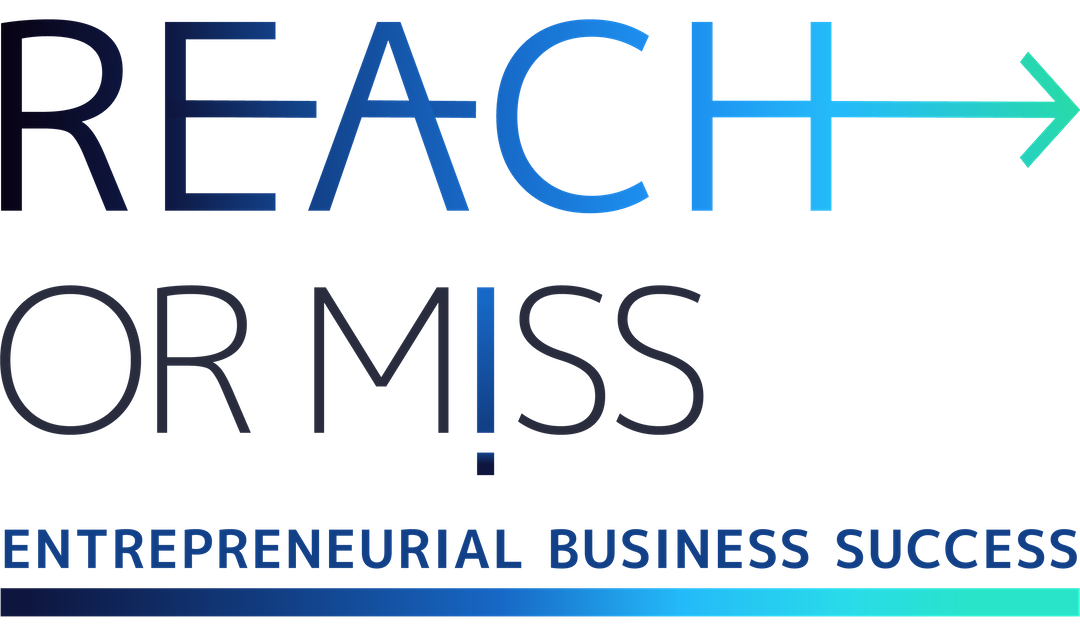The Eight Golden Rules of Entrepreneurial Marketing* Part 1

The Eight Golden Rules of
Entrepreneurial Marketing*
Part 1

Entrepreneurs are aware of the need to maximize their company’s value (which is built on two foundations; the financial results [sales and profit] and its brand perception).
They also know that they have to market their startup and dedicate thought to the question of how to reach customers and make them want, seek out, use, and purchase the product. However, few entrepreneurs are aware of the fact that there are clear rules underlying marketing, in general, and the marketing of start-ups or entrepreneurial business, in particular. They also fail to realize that by following these rules, they will significantly increase their odds of making a quick breakthrough into the international market.
There are eight rules. The first four relate to the most basic questions of marketing a startup - the company's market strategy. The last four relate to reaching the customers and motivating them to buy and use the product.
Part 1 - The First Four Golden Rules
The fundamental definitions for focusing on the right customers, with the right message, in order to achieve your goals.
Golden Rule 1 – The Customers
Identify the customers that are ready, right now, to adopt and pay for the product
In the first phase, you need to identify the primary and secondary customers you need to focus on at your current stage in the product's life cycle. Who is ready, right now, to adopt and pay for your product?
To maximize your sales potential, you will need to identify your customers according to the phase you are in. You want to find your primary customers.
The term derives from the diffusion of innovations model proposed by Everett Rogers. The bell-curved model describes the phases in the life of all products: it begins with the innovators, who actively seek out the product or solution. The early adopters, the people who are willing to try new technology and products on the market, follow the innovators.
Then come the early majority of product adopters, who are followed by the late majority, laggards, and those who will never adopt the product.
The shift from the early adopters of the product to the early majority is considered the most difficult in the life of a start-up.
I frequently meet entrepreneurs who decide, right as their start-up gets off the ground, that their customer is one of the industry giants - Samsung, Nestle, Nokia, IBM, and the like, or alternatively, the private customers who suffer the most from the problem.
But these companies and customers are generally among the so-called late majority, and are not able to adopt the product (despite the fact that the corporate titans are interested in learning about any innovation in the early stages). Those same mega corporations, in the best scenario, will buy the start-up for a pittance or bury it under a pile of proposals for new products in the R&D Department.
In most cases, though, they will simply ignore you, and you will waste precious time while engaging in risky exposure to competitors.
Golden Rule 2: The Product
Define the product from the customer's perspective
In the creation of a start-up, as opposed to the traditional world, you first need to prove technological feasibility. Then comes the product, followed by the customer. To market our product to a customer, we need to look at the product and define it from the perspective of our potential customer.
In other words, we need to use words that are relevant to the potential customer and that will motivate them to action. The money we want is in customer's pocket, so we need to understand what product they envision, and define it in a manner that will communicate that it is relevant for their needs, which will make them want to use it and, in the end, also pay for it.
Golden Rule 3: The Category
Find the category the product needs to play in
Products are purchased by people, and people think in patterns. This allows us to define and position ourselves inside these patterns. If we understand the patterns, we can immediately position any product, thought, or perception according to our independent definition and the world that surrounds us.
The definition of the category to which our product belongs - whether it is an existing category or whether we need to define a new category - allows the customer to position the product relating to the habits and needs with which they are familiar.
Additionally, the definition of our product under a specific category defines the competitors, against whose products ours will compete - as far as the customer is concerned. The potential customer can now choose from various options and decide where their money will go. The selection of the category will, to a great extent, impact their decision.
We should always aim to look for a category that we can lead.
If the product belongs to a market that still does not exist in the customer's mind, we have an opportunity to become the leader from the very beginning.
Golden Rule 4: The Value proposition
Find the value that will motivate the customer to purchase the product
What is the internal drive that will motivate the customer to purchase the product? The anticipated benefit from the product is reflected in how it is defined and presented to the customer. But now, you need to find the value that will motivate the customer to make the purchase.
People tend to get confused here, by linking technology and logic. Many think that the way to market a technology product is through rational arguments. However, reality proves otherwise. People make decisions through a combination of rationalization (logic), emotion (feelings), and intuition (gut feelings).
Even the toughest CTOs of the most technologically advanced companies work according to motivations that include emotions, logic, and intuition. We need to find the value that will motivate the decision maker (private, business, or public customer), as quickly and powerfully as possible, to purchase our product.
These are the first 4 rules of Entrepreneurial Marketing. This is the foundation. Having these four stages right us Avery solid base for winning the market, the customers and the financial highest value and revenues.
In our weekly post next week we will cover the second part. The last four rules that will lead you to build your presence and leading brand positioning in the minds of your target audiences.
I look forward to your responses and thoughts.
Feel free to reach me at [email protected]

